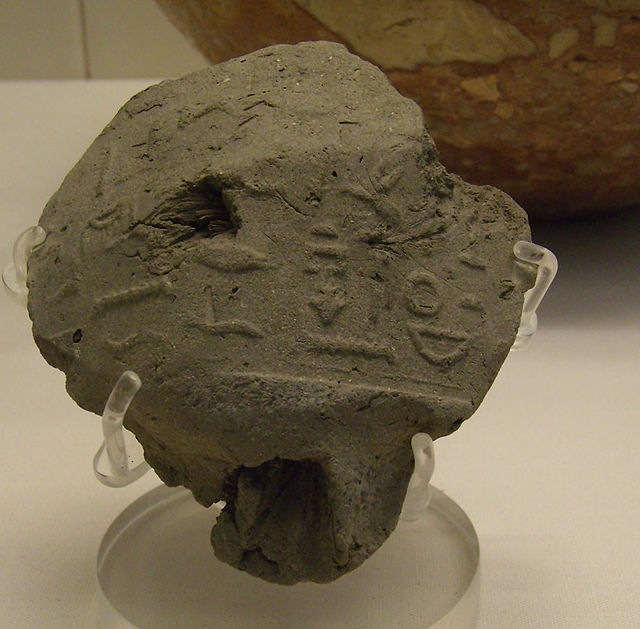Proto-Afroasiatic homeland
The Proto-Afroasiatic homeland is the hypothetical place where speakers of the Proto-Afroasiatic language lived in a single linguistic community, or complex of communities, before this original language dispersed geographically and divided into separate distinct languages. Afroasiatic languages are today mostly distributed in parts of Africa, and Western Asia.
Proposed homeland of the Afroasiatic languages and subsequent migration of the Semitic branch into the Levant
African languages and their place of origin according to Christopher Ehret; "Afrasan" is Ehret's preferred term for Afroasiatic.
Pre-Neolithic and Neolithic migration events in Africa.
The Afroasiatic languages, also known as Hamito-Semitic or Semito-Hamitic, are a language family of about 400 languages spoken predominantly in West Asia, North Africa, the Horn of Africa, and parts of the Sahara and Sahel. Over 500 million people are native speakers of an Afroasiatic language, constituting the fourth-largest language family after Indo-European, Sino-Tibetan, and Niger–Congo. Most linguists divide the family into six branches: Berber, Chadic, Cushitic, Egyptian, Semitic, and Omotic. The vast majority of Afroasiatic languages are considered indigenous to the African continent, including all those not belonging to the Semitic branch.
Seal impression from the tomb of Seth-Peribsen (c. 2690 BCE), containing the first complete sentence in Ancient Egyptian.




